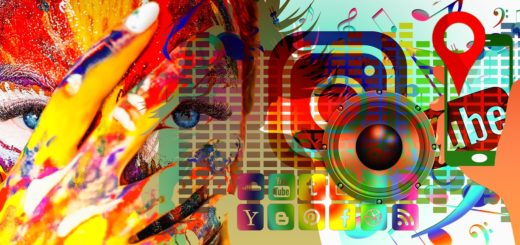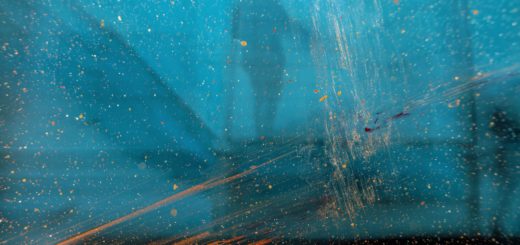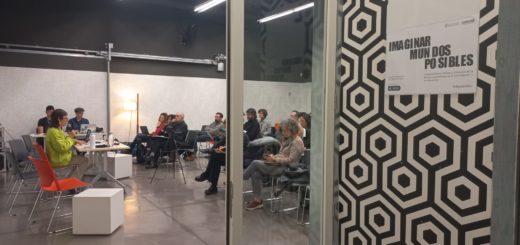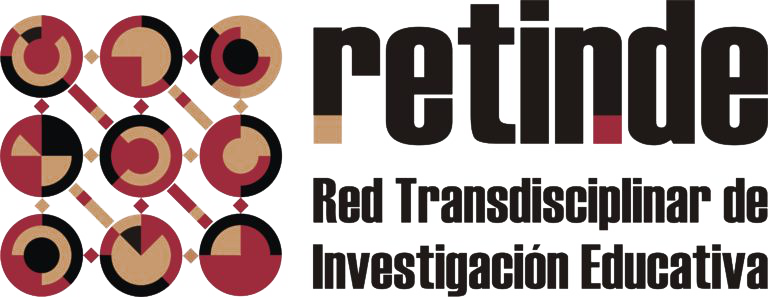The teaching materials of the Escuel@ Digit@l
Similarly, this is beginning to happen with traditional educational materials such as the textbook where their near monopoly in the classroom has to be shared with other digital materials such as the interactive writing boards, laptops and / or tablets. With this situation in mind, we decided to develop the research project called Escuel@ Digit@l with the purpose of analysing the current state of production, distribution and pedagogical use of educational digital contents in classrooms or online teaching materials for Primary Education in a sample of three autonomous communities in Spain (Canary Islands, Galicia and Valencia). Some of the fundamental concerns that have guided our study were the following: what educational materials are offered digitally in the Spanish context for Primary Education? What pedagogical model lies beneath them? What representations do the different educational and social agents involved have? how are they used and what impact do they have on teaching and learning in the classroom? What recommendations can be made to the different agents and sectors involved in order to produce and use the school resources with educational quality and content distributed online ?
The project was undertaken by three research groups from different Spanish universities (La Laguna, Santiago de Compostela and Valencia) (CRIE, EDULLAB, STELLAE, among others). We have also had the support and collaboration of various companies in the sector, as well as international associations and researchers. The duration of the project was for three years (2016-2019). For this purpose, a mixed research study was designed with 4 complementary studies of a different nature in terms of their objectives, procedure and scope of action.
Study 1. To analyse the pedagogical and technological characteristics of a sample of digital educational content repositories and platforms that currently exist in our country for Primary Education, both commercial educational content platforms and public institutional repositories. Different analysis instruments were developed, validated and applied to a sample of commercial platforms of educational content, to institutional repositories and to proposed materials prepared by teaching staff.
Study 2.To identify the representations and opinions on the transition from textbooks to digital educational content by the different sectors involved: teachers, students, families and publishing companies. Discussion groups were carried out with teachers, students and families and interviews were carried out with the heads of companies and regional portals.
Study 3.To explore the educational use of digital materials or contents in the classroom and their impact on the teaching and learning of student diversity in a sample of schools in the Canary Islands, Galicia and Valencia. For this purpose, case studies were carried out in different educational centres in the three autonomous communities taken into account.
Study 4. To prepare and validate a guide of recommendations of good practices on the creation and didactic use of these materials addressed to the different agents of the school community, the Administration and the business environment. Different workshops and activities were organised for this, on order to prepare the different guides.
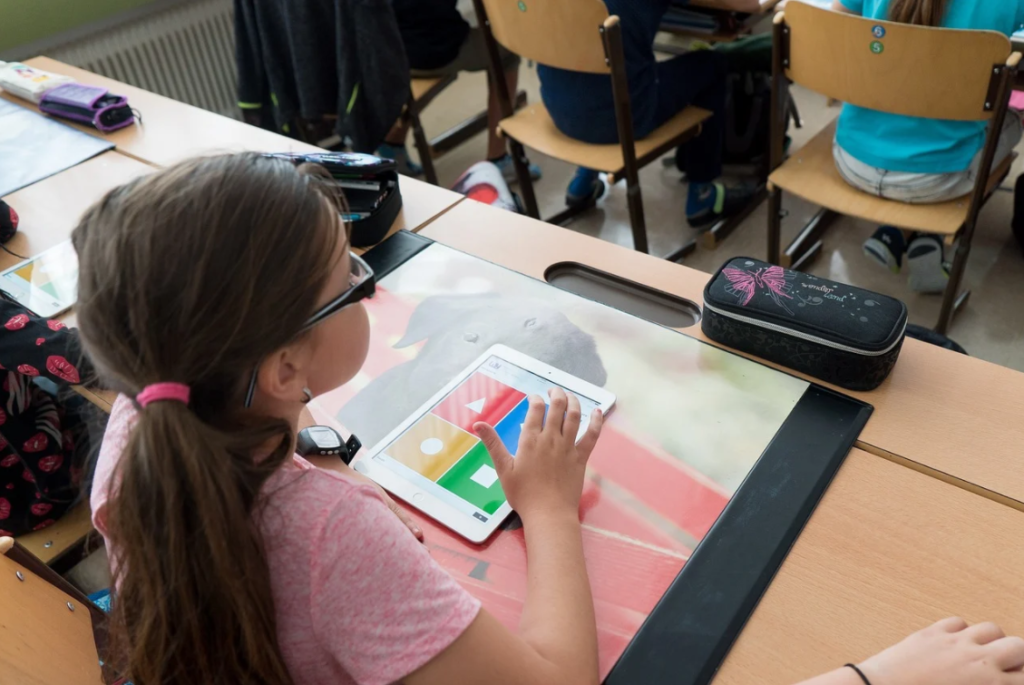
With regard to the results, we highlight some of the most significant ones:
-With regards to the origin of the materials, these come from four different sources: open access materials on the Internet, commercial platforms, the institutional portal of the educational administration and materials created by the teaching staff themselves.
However, in recent years a degree of incorporation of different multimedia and interactive resources is beginning to be detected. One of the main concerns of the analysis carried out is the lack of adaptation of resources to the existing socio-cultural diversity.
Teachers are mainly consumers of resources produced by external agents and teaching staff recognise that the production of their own teaching materials is a subject where there is still work to be done.
In the case studies carried out in school classrooms, we found teaching staff who have carried out interesting and inclusive integration practices of of digital materials. These cases have meant the development of a collaborative culture, greater attention to the different levels of the class, professional enrichment.
Some of the main recommendations of the study focus on the need for coordination between professionals from the private sector, the administration and teaching staff, promoting the use of diversified teaching materials and developing an ICT policy for the centre that is known and shared by the different agents in the educational community. It would also be useful to review some of the pedagogical models that currently exist in relation to the use of digital teaching materials.
Questions:
Some of the central research questions are:
What educational materials are offered digitally in the Spanish context for Primary Education? What pedagogical model lies beneath them? What role does the textbook currently play in the processes of digital transformation? What representations do the different educational and social agents involved have? how are they used and what impact do they have on teaching and learning in the classroom? What recommendations can be made to the different agents and sectors involved in order to produce and use the school resources with educational quality and content distributed online ?
The research has contributed to highlight and show the current panorama in the Spanish school system concerning the availability and characteristics of digital learning materials, about what their users think and about their use in schools and classrooms.
Reference literature
Area Moreira, M. (2020). Escuel@ Digit@l. Los materiales didácticos en la red. Barcelona: Graó.
Varios (2019): Guía para la producción y uso de materiales didácticos digitales : recomendaciones de buenas prácticas para productores, profesorado y familias. Repository of the University of La Laguna https://riull.ull.es/xmlui/handle/915/16086
De los libros de texto a los materiales digitales. Relatec (16/2). Coord: Area Moreira, M. Rodríguez Rodríguez, J. (2017).
Manuais escolares e mídias educativas: temas e perspectivas de investigaçao. Educar em Revista, 35 (77). Coord: Braga Garcia, Rodriguez Rodriguez, J., Alessandra Anichini, (2019).
La transformación digital de la escuela: El uso e integración de los materiales didácticos digitales en los centros y aulas. Virtual Campus, 8 (2). Coord: Cepeda, O.; Marín, D., and Rego, L. (2019)

Authors:
Manuel Area Moreira
Professor and Director of the Education and New Technologies Laboratory (EDULLAB). Didactics and Educational Research Department. Faculty of Education University of La Laguna
Jesús Rodríguez Rodríguez
Professor, Pedagogy and Didactics Department. Faculty of Education Science STELLAE Research Group IARTEM Member (International Association for Research on Textbooks and Educational Media).
